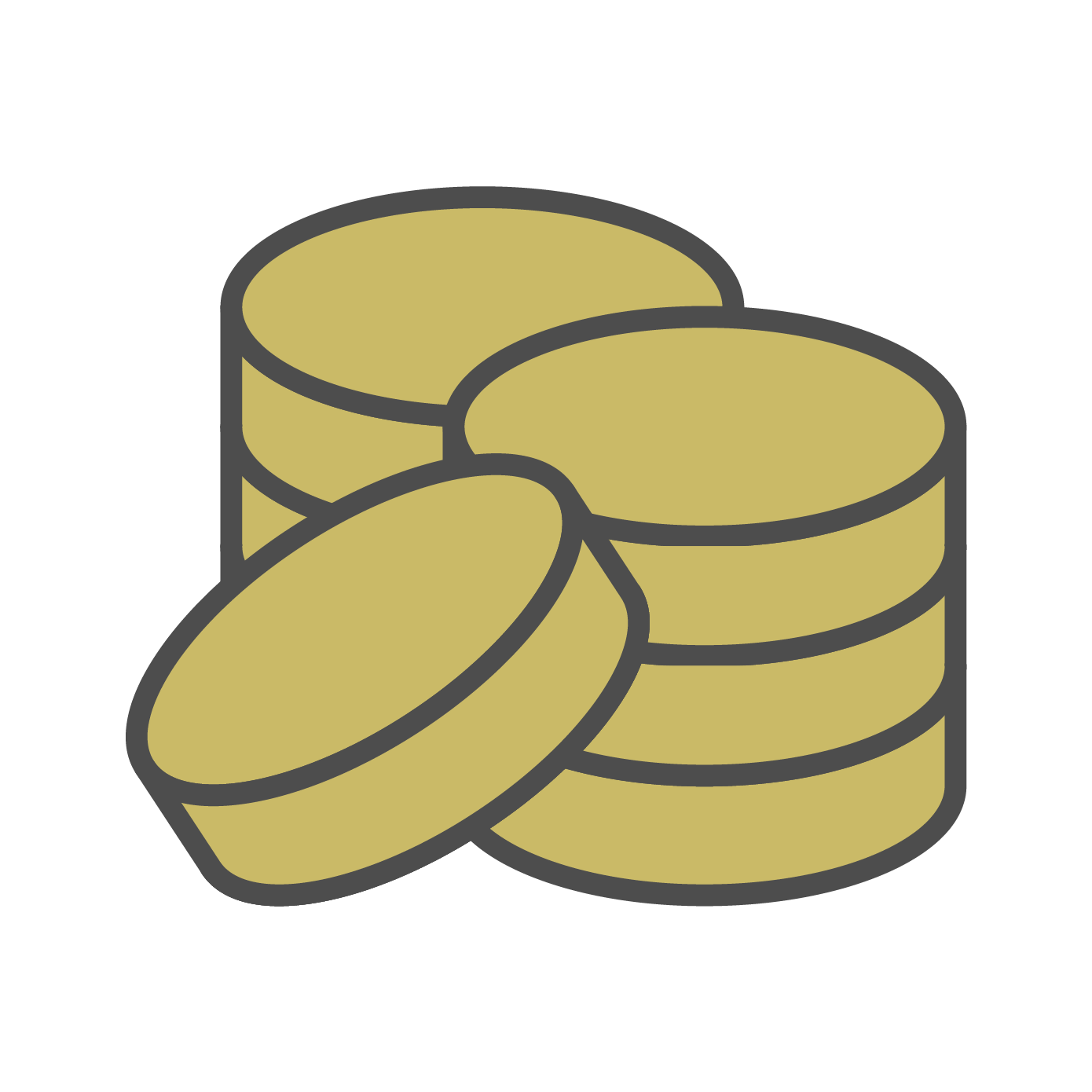Gold in Play Sand

Striking Gold in Store-Bought Play Sand: A Surprising Trend
When you think of finding gold, images of panning in rivers or digging deep into the earth might come to mind. But what if you could discover gold in the most unexpected place—store-bought play sand? This surprising trend has caught the attention of many, sparking excitement and curiosity among treasure hunters and hobbyists alike. In this blog, we’ll explore how people are finding gold in play sand, why it’s happening, and what it means for gold enthusiasts.
The Unexpected Discovery: Gold in Play Sand
The idea of finding gold in play sand sounds like something out of a child’s imagination, but it’s very real. Over the past few years, reports have emerged of people discovering tiny flecks of gold in bags of play sand purchased from hardware stores and online retailers. While the amounts found are usually minuscule, the thrill of uncovering real gold in such an unlikely source has sparked a wave of interest.
How Does Gold End Up in Play Sand?
The presence of gold in play sand can be attributed to the natural origins of the sand itself. Play sand is often sourced from riverbeds, beaches, and quarries where tiny particles of gold can naturally occur. During the mining and processing of sand, small amounts of gold dust or flakes can inadvertently be mixed in with the sand.
However, it’s important to note that the amount of gold found in play sand is typically very small—usually just a few tiny specks. These tiny gold particles are often overlooked during the sand’s production process because their size and quantity are too insignificant to be considered commercially valuable.
Tools of the Trade: How People Are Finding Gold in Sand
Finding gold in play sand requires a bit of patience and the right tools. Here’s a step-by-step guide that some enthusiasts have used to extract gold from play sand:
- Gather Materials:
- A bag of play sand (the finer the sand, the better).
- A gold pan or a shallow container.
- A magnifying glass or jeweler’s loupe.
- A magnet (to help separate magnetic minerals like iron from the sand).
- Pan the Sand:
- Just like traditional gold panning, scoop a small amount of sand into your gold pan.
- Swirl the pan in water, allowing the lighter sand particles to wash away, while the heavier materials (including gold) settle at the bottom.
- Inspect for Gold:
- After panning, carefully examine the remaining material in the pan. Use a magnifying glass to look for tiny flecks of gold.
- Repeat:
- Depending on the size of the sandbag and your luck, you may need to repeat this process several times to find any gold.
Why Is This Trend Gaining Popularity?
The trend of finding gold in play sand has grown in popularity for several reasons:
- Low Cost, High Thrill: A bag of play sand costs only a few dollars, making it an affordable way to experience the thrill of gold prospecting without the need for expensive equipment or travel.
- Educational Value: For parents and educators, this trend offers a fun and educational activity for kids, teaching them about geology, minerals, and the history of gold prospecting.
- Hobbyist Appeal: For hobbyists and collectors, finding even the tiniest speck of gold is a rewarding experience. It adds an element of surprise to an otherwise ordinary product.
The Reality Check: How Much Gold Can You Actually Find?
While the idea of finding gold in play sand is exciting, it’s important to manage expectations. The amounts of gold found are usually very small—often just a few microscopic specks that may not even be visible to the naked eye. The gold content in play sand is nowhere near the level that would make it a profitable venture. Most people who engage in this activity do so for fun rather than financial gain.
Is It Worth the Effort?
For those who enjoy treasure hunting or gold panning as a hobby, searching for gold in play sand can be a fun and engaging activity. It’s an inexpensive way to experience the excitement of gold prospecting and can be a great way to introduce children to the wonders of geology. However, if you’re looking to strike it rich, traditional gold prospecting methods or investing in gold might be more effective.
Conclusion: A Modern-Day Treasure Hunt
The discovery of gold in store-bought play sand is a fascinating reminder that treasure can be found in the most unexpected places. While the amounts of gold found are typically small, the experience of uncovering real gold in an everyday product adds a touch of adventure to ordinary life. Whether you’re a seasoned gold enthusiast or just looking for a fun activity, this trend offers a unique way to connect with the age-old allure of gold hunting.
For more insights on gold investment and how it can benefit you, visit goldbuyingfacts.com, your trusted source for expert advice and up-to-date information.
